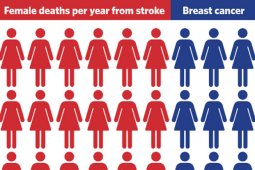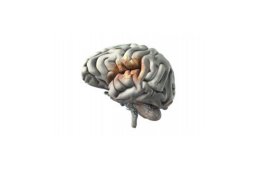Categories
- Bariatric Surgery (11)
- Black Fungus (5)
- Bone Marrow transplant (3)
- Brain Tumor Surgery Navigation Technology (20)
- Cardiac Surgery (66)
- Cardiology (97)
- Computer navigation technology for joint replacements (20)
- Covid Vaccination (17)
- Critical Care (2)
- Dental (19)
- Dermatology (31)
- Dialysis Support Group - “UTSAAH” (11)
- Dietitian (33)
- Emergency Medicine (4)
- Emotional Health (11)
- Endocrinology (33)
- ENT (20)
- Gastroenterology and GI Surgery (53)
- General and Laparoscopic Surgery (21)
- General Surgery (4)
- Gynecology & Obstetrics (183)
- Hematology (20)
- Internal Medicine (294)
- Kidney Transplant (50)
- Kidney Transplantation (20)
- Lung Cancer (8)
- Minimal Invasive Surgery (1)
- Mother & Child (20)
- mucormycosis (5)
- Nephrology (61)
- Neurology (147)
- Neurosurgery (68)
- Nutrition and Dietetics (107)
- Omicron Variant (1)
- Oncology (288)
- Ophthalmology (10)
- Orthopaedics & Joint Replacement (86)
- Paediatrics (59)
- Pediatric Nephrology (3)
- Physiotherapy (5)
- Plastic & Reconstructive Surgery (6)
- Psychiatry and Psychology (90)
- Psychologist (28)
- Pulmonology (72)
- Rheumatology (13)
- Spine Services (21)
- Transradial Angioplasty (16)
- Urology (84)
Query Form
Posted on Apr 19, 2022
What Is Gliobastoma & its types
Glioblastoma is a type of brain cancer. It is the most common type of malignant brain tumor among adults. And it is usually very aggressive, which means it can grow fast and spread quickly. Glioblastoma is a type of astrocytoma (a type of brain cancer) – cancer that forms from star-shaped cells in the brain called astrocytes. Glioblastoma tumors make their own blood supply, which helps them grow. It’s easy for them to invade normal brain tissue.

Although there is no cure for Glioblastoma, there are treatments to help ease symptoms.
In adults, this cancer usually starts in the cerebrum, the largest part of our brain.
Signs and Symptoms associated with Glioblastoma:
Because glioblastomas grow quickly, pressure on the brain usually causes the first symptoms.
- Persistant headache
- Seizures
- Vomiting
- Changes in mood or personality
- Blurred vision
- Difficulty in speaking
Treatment for Glioblastoma:
- Surgery is the first line of treatment. The surgeon tries to remove as much of the tumor as possible. In high-risk areas of the brain, it may not be possible to remove all of it.
- Radiation is used to kill as many leftover tumor cells as possible after surgery. It can also slow the growth of tumors that can’t be removed by surgery.
- Chemotherapy may also help. Temozolomide is the most common chemotherapy drug doctors use for glioblastoma. Chemo can cause short-term side effects, but it’s much less toxic than it used to be.
Many things can affect the prognosis of glioblastomas. Doctors often can’t predict what someone’s life expectancy is, but they do have statistics that can track how large groups of people who’ve had these conditions tend to do over time.



